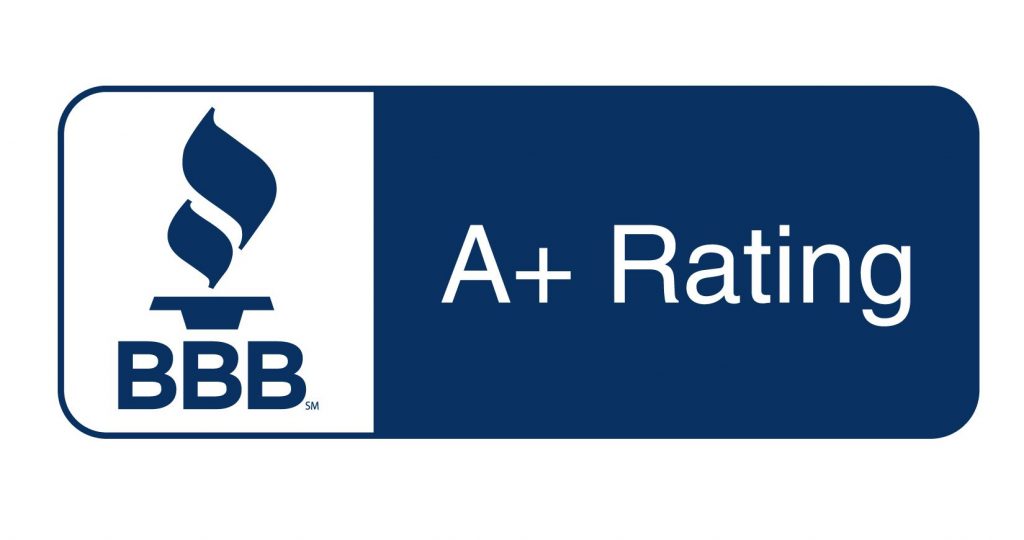What Is Medigap Insurance – Medigap plans are one way Medicare beneficiaries can reduce their out-of-pocket medical expenses. They are an excellent way to supplement your coverage under Original Medicare. Today, we’re going to explain how these plans work, what options are available, and how much Medigap plans cost.
How does Medigap insurance work?
Medigap plans, or Medicare supplement plans, work as a secondary form of insurance, with Original Medicare (Parts A and B) acting as your primary insurance. After Medicare pays, the claim gets sent to your Medicare supplement plan for payment. As long as Medicare approves the service, the Medigap plan will also pay. How much it pays depends on which plan you have.
Many private insurance companies offer Medigap plans, and their coverage is standardized. That means that the benefits and coverage offered in a plan remain the same across every carrier. In addition, Medigap plans never change – the benefits are the same from one year to the next. (The premiums, however, tend to go up each year.)
What Medigap plans are available?
There are about ten different Medigap plans to choose from. They are named by letters of the alphabet and include Plans A, B, C, D, F, G, K, L, M, and N. There are also high-deductible versions of Plans F and G. You must be enrolled in Medicare Parts A and B before you can enroll in a Medicare supplement plan.
Enrollment in Plans C and F is limited to Medicare beneficiaries who turned 65 before January 2020. The other plans are open to all beneficiaries. Let’s take a brief look at some of the more popular Medigap plans so you get an idea of what they can cover.
As we mentioned, enrollment in Plan F is limited to those who turned 65 before the year 2020. It does boast the most comprehensive lineup of benefits, leaving enrollees with basically no out-of-pocket expenses.
Plan G is a close second to Plan F. The only difference in coverage is that Plan G enrollees will be responsible for paying the Part B deductible each year. In 2022, that deductible is just $233.
Like Plan G, Plan N does not pay the Part B deductible. It also does not pay any Part B excess charges, which can include an additional 15% on top of Medicare-approved fees. (Only providers who do not accept Medicare assignment tack on excess charges.) Lastly, Plan N requires doctor’s office and emergency room copays.

How much do Medicare supplements cost?
Medigap premiums are dictated by the insurance company. This is one reason why it’s so beneficial to work with an independent insurance agent – they can find the insurance carrier that has the most competitive rate. Remember, Medigap plans are standardized, so since the benefits are always the same, it doesn’t make sense to pay more for the same coverage!
Generally speaking, the plans that offer more coverage cost more. For example, Plan G has higher premiums than Plan N. However, there are other factors that go into setting your premium. Your age, gender, tobacco use, and zip code are all used to calculate your premium. Younger folks pay less than older ones; women pay less than men; people who don’t use tobacco pay less than those that do; and people who live in areas with a lower cost of living pay less than those living in more expensive zip codes.
To give you an idea of what you can expect to pay, here are some average premium amounts.
- Plan F: $150 – $300
- Plan G: $120 – $220
- Plan N: $80 – $140
Medigap premiums increase as you get older. Policies will either increase on your plan’s anniversary date, on your birthday, or at some other time of the year. There is no set amount for each increase, and your plan will notify you a few months before the rate is scheduled to go up. Some plans and some insurance companies increase faster than others. For example, Plans F and G have been increasing faster than Plan N.
Which providers take Medicare supplement plans?
One great benefit of enrolling in a Medicare supplement plan is that they are widely accepted. There are no provider networks associated with Medigap insurance. Instead, all you need to look for are providers who accept Medicare. As long as the provider or facility accepts Medicare, they’ll accept your supplement plan. It does not matter which insurance company you choose to enroll with or in which state you applied. You can use your Medigap plan wherever you travel!
If you’d like to learn more about Medigap plans, speak with one of our licensed insurance agents. We can give you more information about these plans as well as your other options, including Medicare Advantage. When you’re ready to enroll, we’ll find the plans and rates that fit your needs and submit all the paperwork for you. The best part? There is absolutely no cost to work with us. What are you waiting for? Call us today!





